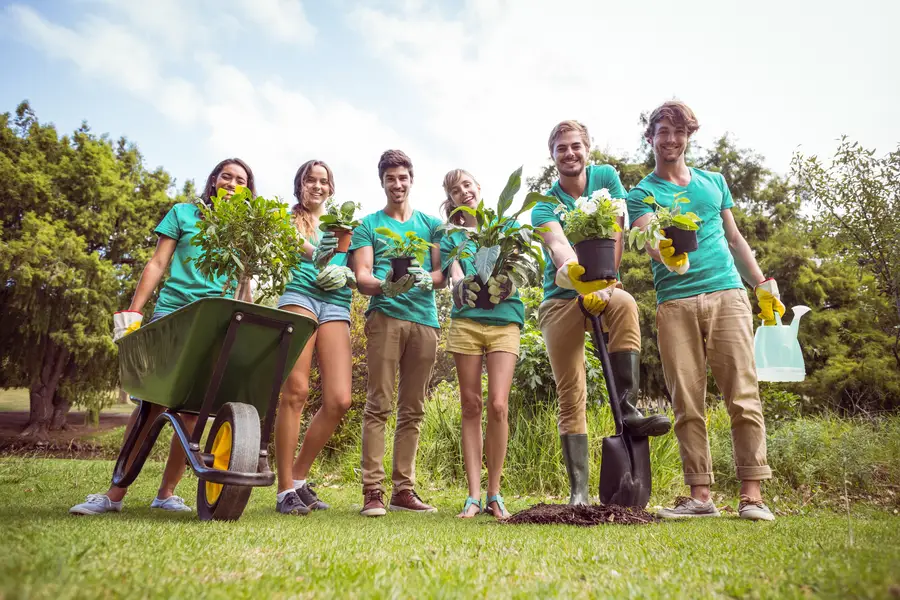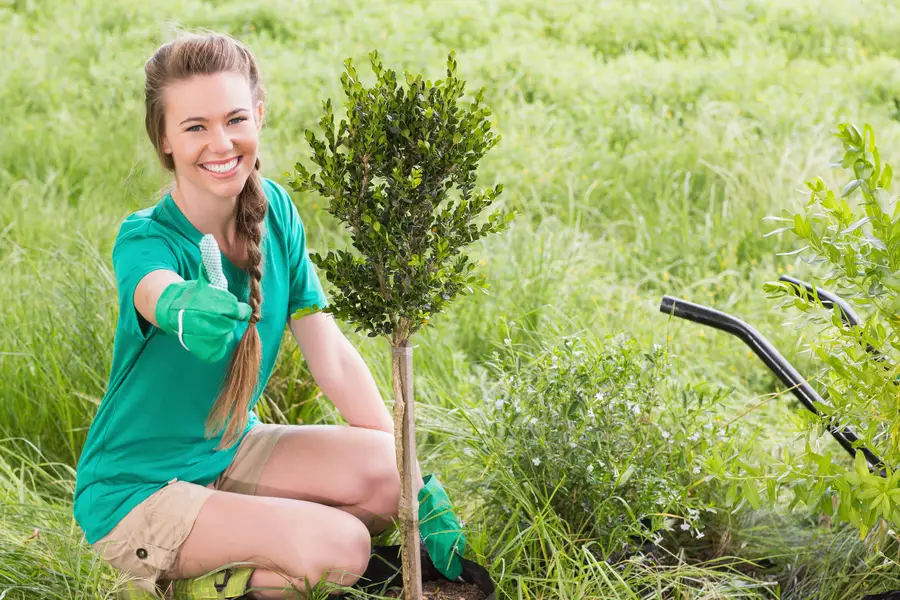Understanding the Role of Trees in City Spaces
Trees are vital to city life. They improve air quality, reduce noise, and provide shade. With more people living in cities than ever before, understanding how trees fit into these spaces is crucial. Proper placement means considering where trees can offer the most benefits without causing harm. This involves careful planning and knowledge of urban landscapes.
Environmental Benefits of Urban Trees
One major advantage of urban trees is their ability to clean the air. They absorb pollutants, making city air healthier for everyone. Trees also help cool down hot city streets by providing much-needed shade. They reduce the heat island effect, which makes cities warmer than surrounding areas. Green spaces with well-placed trees can significantly decrease a city’s overall temperature.
Social and Economic Advantages
Trees can increase property values and attract businesses. A beautiful street lined with trees invites foot traffic and enhances commercial areas. People enjoy spending time in parks and tree-filled plazas, boosting local economies. Additionally, a reputable tree planting service can ensure that trees are planted correctly, maximizing these economic benefits.
Common Challenges in Urban Tree Placement
Planting trees in cities isn’t without challenges. Limited space and existing infrastructure can make it difficult to find suitable spots. Poorly placed trees might interfere with power lines or underground utilities. It’s important to consult experts who understand these constraints and can work within them effectively.
Solutions for Effective Tree Placement
Good planning is key to successful tree placement. First, assess the specific needs of each area. Consider factors like sunlight, soil type, and available space. Working with a trusted tree planting service ensures that the right species are chosen for each location. Proper maintenance is also critical to prevent problems as trees grow.
Best Practices for Urban Tree Planting
Follow these tips for optimal results:
- Select native species that thrive in the local climate
- Ensure adequate spacing between trees and structures
- Use high-quality soil and mulch for healthy growth
- Schedule regular inspections by professionals
The Role of Industry Standards
Following industry standards helps maintain quality and safety. Guidelines dictate how close trees can be planted to roads and buildings. Compliance with regulations minimizes risks related to roots and branches damaging infrastructure. Awareness of these standards is essential for anyone involved in urban planning or landscape design.
Cost Considerations for Urban Tree Projects
The cost of urban tree planting varies based on several factors. These include the species selected, site preparation requirements, and long-term maintenance needs. Investing in professional services can ensure higher survival rates for new trees. Although upfront costs may seem significant, the long-term savings from reduced energy usage and increased property values often outweigh initial expenses.
Encouraging Thoughtful Planning With Urban Trees
Proper tree placement in urban settings requires thoughtful planning and expertise. When done right, it leads to numerous environmental, social, and economic benefits. For those interested in enhancing their community’s green spaces, collaborating with Ashe Tree Removal & Stump Grinding is a wise choice. Contact us at (757) 335-4186 to learn more about our services. Based in Hampton, VA, we specialize in sustainable urban landscaping solutions.

